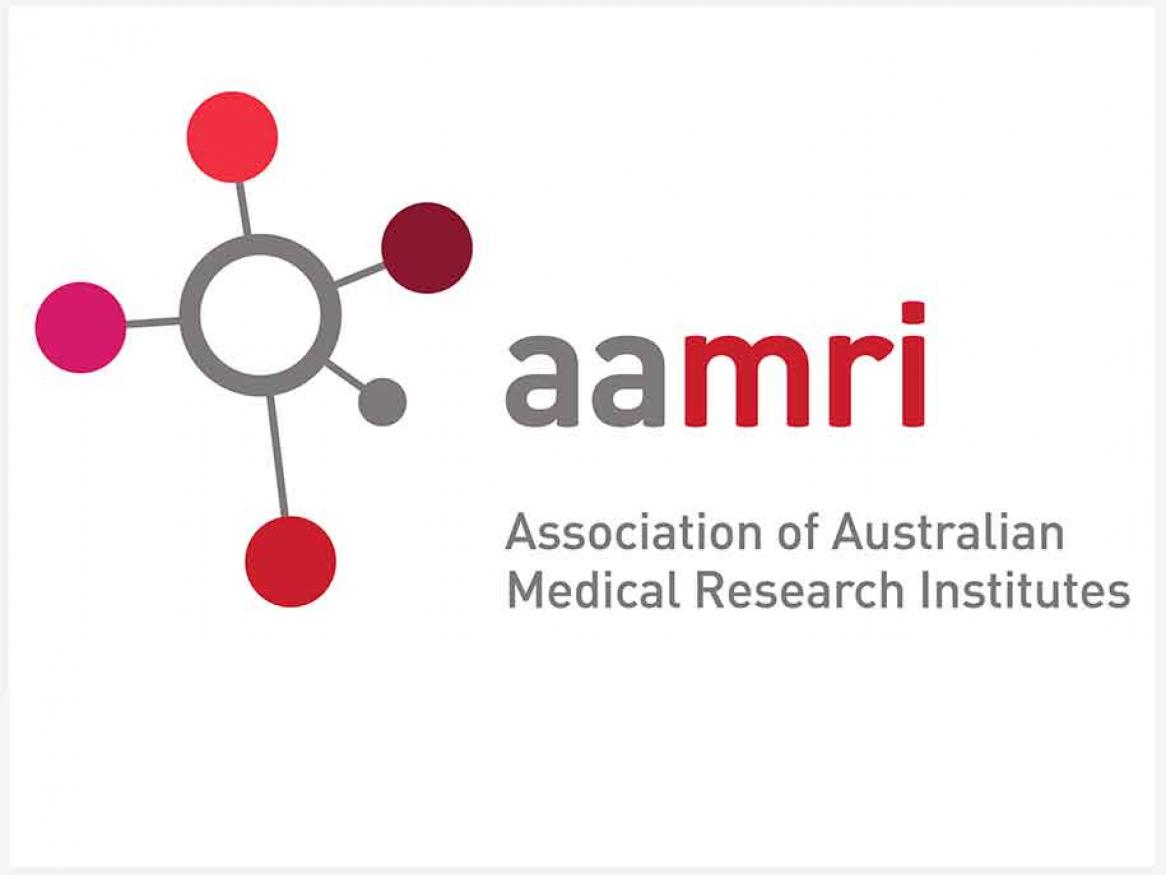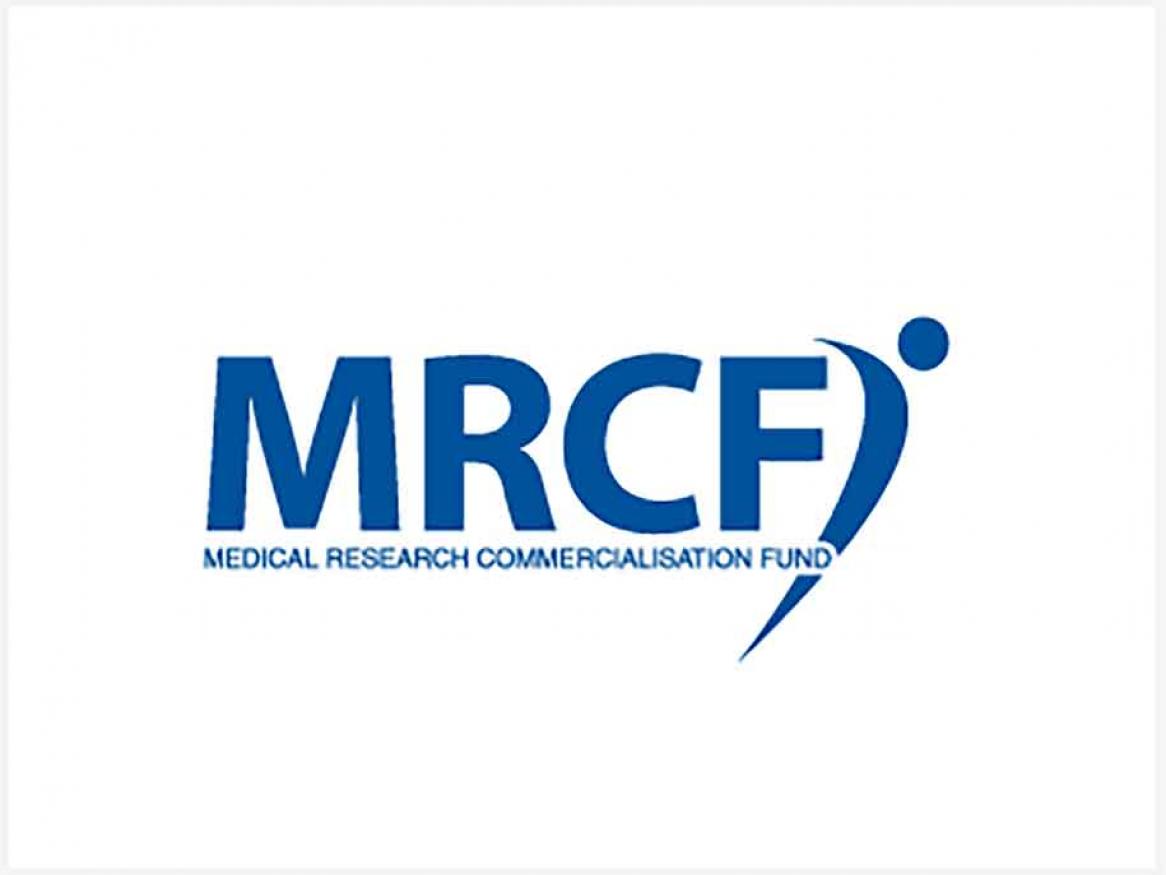About Us
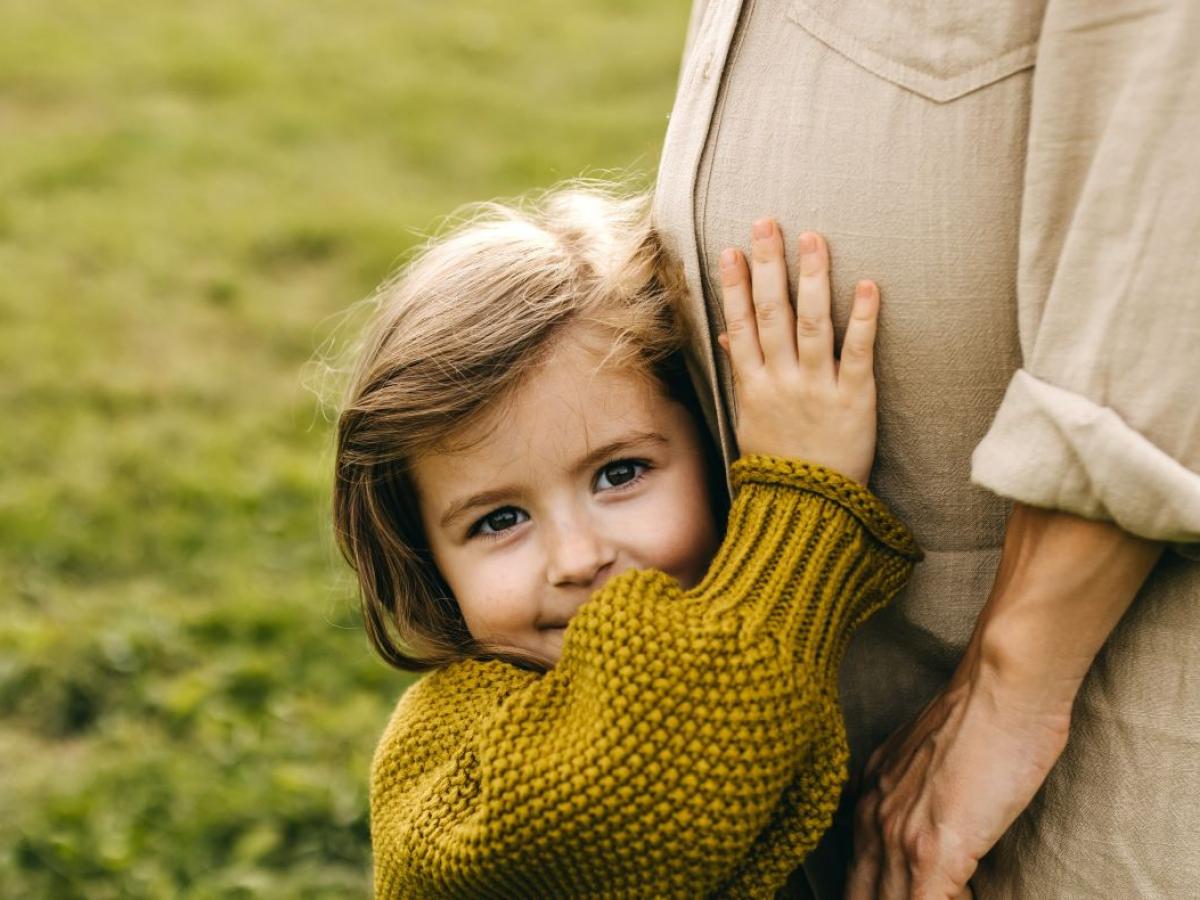
At the Robinson Research Institute, we tackle the most pressing reproductive health issues by undertaking cutting-edge research to improve fertility and pregnancy outcomes, and foster early childhood health in Australia, and the world.
We improve the health of the next generation by identifying factors that drive intergenerational health and susceptibility to disease. Our world-class research empowers health care professionals and parents-to-be with knowledge and tools to make the safest choices, and we use our findings to advocate for improved health care and policy change. Our focus is on pregnancy and the path to pregnancy, seeking to understand the root causes of infant and childhood conditions to develop early interventions.
Our vision
Life-time health for all children and families, through research excellence.
Our mission
Deliver world-class advances in human reproduction, and maternal and child health, to inform clinical care, policy, and practice across generations and global communities.
Research portfolio
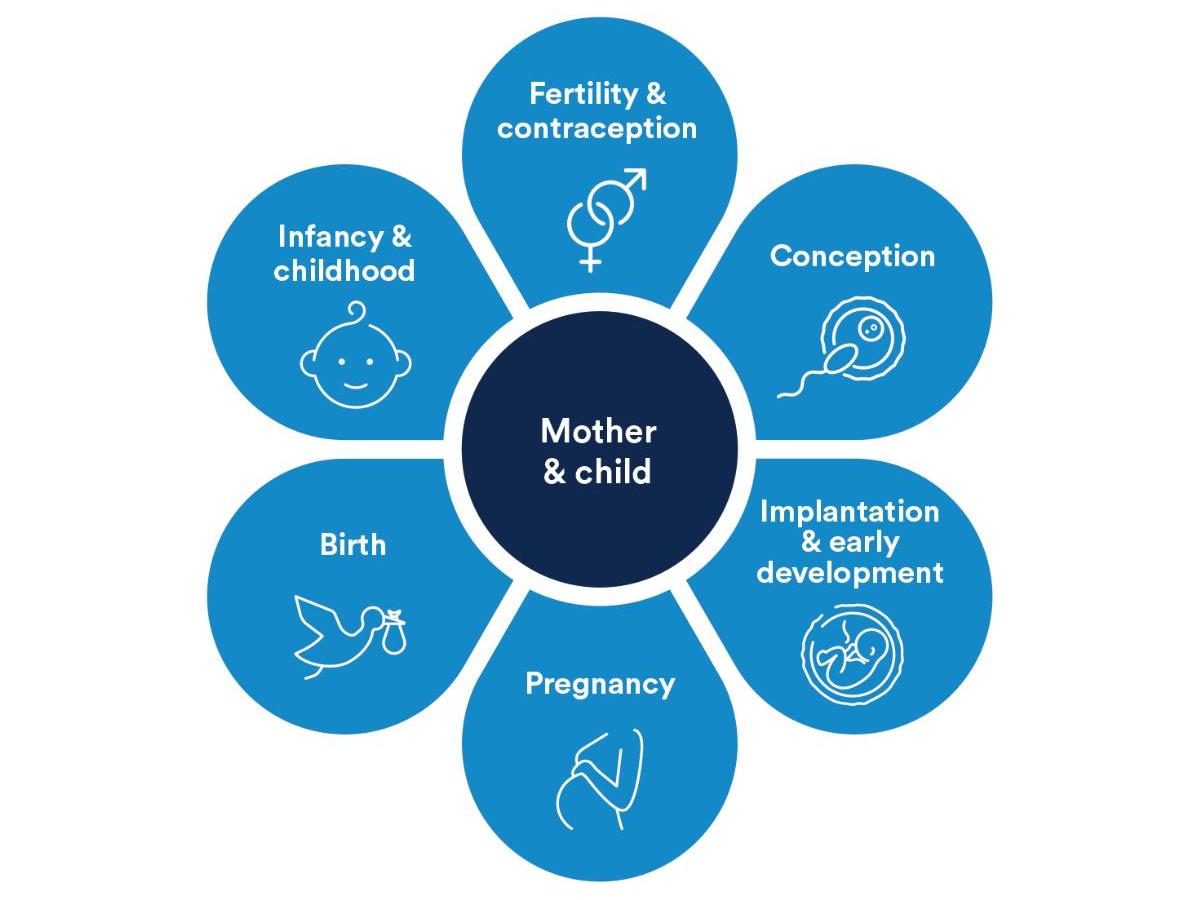
RRI science domain
Our science domain spans Fertility & contraception, Conception, Embryo implantation & early development, Pregnancy, Birth, and Infancy & childhood.
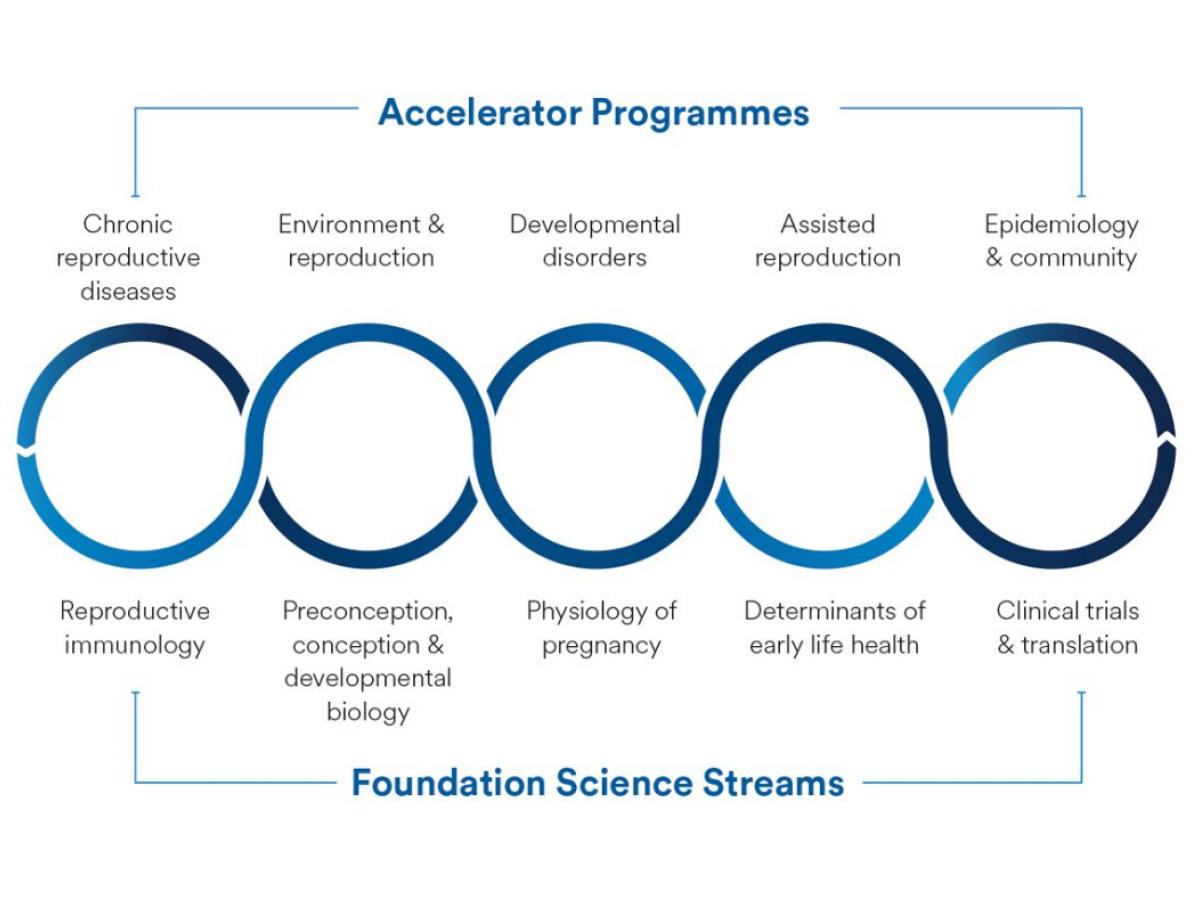
RRI research structure
Our portfolio is based on Accelerator Programmes for major clinical translation initiatives, underpinned by excellent foundation science that informs the biology and external influences impacting on the newborn and mother’s journey from conception, through pregnancy to the early days, months and years after birth.
History
-
1950's - Lloyd Cox appointed
- 1958: Lloyd Cox appointed as Foundation Professor of the Obstetrics and Gynaecology department (O&G), based at the Queen Elizabeth Hospital (QEH)
-
1960's - First biochemist appointed
- 1962: Ron Cox appointed as a biochemist - first department of its kind to appoint a scientist
- 1963: Lloyd Cox elected as Dean of Medicine
- 1969: Bob Seamark appointed by Lloyd Cox
-
1970's - First donor sperm program established
- 1971: First frozen semen bank in Australia, and first sperm donor program established
- 1971: Arnold Gillespie appointed Reader in Obstetrics and Gynaecology
- 1973: O&G begins a presence at the Royal Adelaide Hospital (RAH)
- 1977: Alastair MacLennan appointed and based at the Queen Victoria Hospital (QVH)
-
1980's - Fertility services commenced
- 1984: Lloyd Cox retires as Head of Department
- 1984: Arnold Gillespie appointed as Acting Head of Department
- 1985: O&G achieved South Australia's first birth from a frozen embryo
- 1986: Jeffrey Robinson appointed as Head of Department
- 1987: Colin Matthews appointed as first Professor of Reproductive Medicine
- 1987: Part of O&G moved to the Medical School
- 1987: Repromed established and commenced fertility services at Wakefield Memorial Hospital (WMH) and the QEH
- 1988: Rob Norman appointed to O&G
- 1988: Caroline Crowther appointed to O&G
- 1988: Sarah Robertson appointed to O&G
-
1990's - Achieved a life birth following ICSI
- 1993: O&G achieved a birth following Intracytoplasmic Sperm Injection (ICSI) - Australia was the 3rd in world to successfully use this technique
- 1993: O&G achieved its first birth following Preimplantation Genetic Diagnosis (PGD) (cystic fibrosis) - another Australian first (5th in the world)
- 1994: O&G begins to have a presence at Lyell McEwin Hospital (LMH) with Paul Duggan appointed as Senior Lecturer
- 1995: QVH closes its doors and the Women's and Children's Hospital (WCH) opens
- 1998: Gus Dekker appointed as Professor in Obstetrics and Gynaecology at the LMH and the QEH
- 1999: Rob Norman appointed as Professor of Reproductive Medicine and Periconceptual Medicine
-
2000's - Robinson Institute opens
- 2002: Repromed moves to new premises in Dulwich
- 2002: Research Centre for Reproductive Health established at QEH & the Medical School
- 2002: Research Centre for Early Origins of Health and Disease was established by Prof Julie Owens and colleagues
- 2006: Jeffrey Robinson retires as Head of the Department
- 2006: Alastair MacLennan appointed Head of the Department
- 2006: Repromed sold
- 2006: The Research Centre for Reproductive Health and O&G moved from the QEH to form a major centre at the Medical School
- 2008: Planning for new building at Norwich Centre and LMH begins
- 2008: Robinson Institute opens with Rob Norman appointed as Director. Named after E/Prof Jeffrey Robinson
-
2010's - Re-named as Robinson Research Institute
- 2012: Alastair MacLennan retires as Head of the Department, Paul Duggan appointed as Head
- 2013: Rob Norman steps down and Sarah Robertson is appointed as Director of the Robinson Institute
- 2014: The Robinson Institute is re-named to the Robinson Research Institute
We are proud members of
Association of Australian Medical Research Institutes
The Association of Australian Medical Research Institutes (AAMRI) is the peak body for medical research institutes (MRIs) across Australia.
Their 54 member organisations work on a broad spectrum of human health issues such as preventive health, chronic disease, mental health, immunology and Indigenous health.
Medical Research Commercialisation Fund
The Medical Research Commercialisation Fund (MRCF) provides dedicated investment funding to support the commercialisation of early-stage medical research discoveries that originate from its member institutes.
The collaborative nature of the MRCF seeks to foster best practice in the commercialisation of medical innovations.

